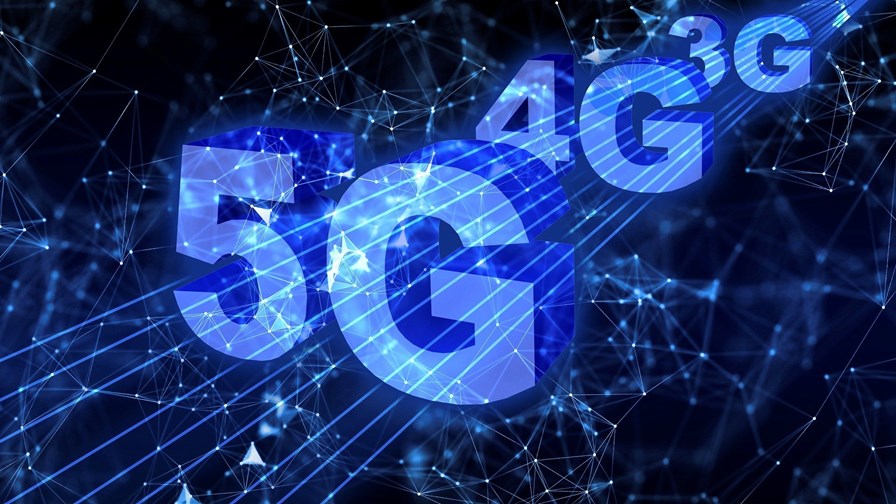
Image by ADMC (https://pixabay.com/users/admc-467593/?) from Pixabay
- It turns out that 5G’s performance so far might have been a whole lot better
- Consumers are confused. “Where is my distance surgery pack?” they ask
- Most of all, can we get some reception indoors please?
Ericsson’s traditional approach to reporting on mobile industry developments has been to produce a huge compendium of statistics on take-up, mobile handset numbers, user demographics and so on, broken down by country and inspected from every angle. The result was a mass of comparative data usually lining up whatever G was the most current with the previous one and finding that penetration with the new one has been the most impressive. All very interesting and no doubt that approach will continue with other Ericsson reports.
Ericsson’s ConsumerLab, however, has now set itself the task of collecting consumer ‘opinions’ on 5G - both where they have 5G and where they’re waiting for it - and has distilled the results down into useful takeaways for service providers as they prepare for their next wave of 5G marketing activity. The survey has canvassed 1.3 billion consumers and 220 million 5G users (obviously the non-5Gers still vastly outnumber the users) to expose some key trends that might be useful.
Bottom line?
It seems that years of 5G marketing hype and (dis)information has resulted in a slightly confused global public.
So rectifying that must be high on the agenda - not just the “Bill Gates has deployed 5G to cause Covid” lunatic fringe along with the tower burners convinced that 5G is highly dangerous - but those who have picked up the wrong end of the 5G stick; have been expecting all sorts of magic services and applications to appear; and are disappointed that they haven’t. So getting accurate messaging out that doesn’t result in the general global public just turning itself off in disgust might be difficult.
ConsumerLab’s insight report comprises 5 (of course) ways to a better 5G. It notes that “Consumer 5G upgrade intention rises despite the pandemic,” or perhaps that should be ‘because’ of it.
It claims at least 300 million smartphone users could adopt 5G this year and many of them might have upgraded last year if their ‘knowledge gaps’ had been addressed.
It further claims that 5G triggers changes in usage behavior with 5G users spending two hours more per week using cloud gaming and one hour more on augmented reality, compared to 4G users. 20 per cent claim they have decreased their usage of Wi-Fi after upgrading (you would expect at least 1 in 5 to use 5G more and Wi-Fi less if they had just adopted it).
I seem to remember similar claims of Wi-Fi usage reducing because of 4G’s introduction. In the event, it turned out that 4G actually led to an ‘increase’ in Wi-Fi consumption, but then maybe 5G will prove to be different.
But the most important takeaways may be those that appear to point to a faulty emphasis in the marketing department.
Users report that they consider 5G indoor coverage to be more important than both battery life and speed - those two (especially the speed) have been marketed as the main benefits of 5G, while users, now in struggling with the low indoor performance, have naturally promoted indoor coverage to the top of the pile at this point.
This is surely a clear pointer for telcos to make greater play of their indoor penetration abilities (where they have them, thanks to sub 1GHz spectrum assignments).
But the real zinger for the 5G experience so far has to be the fact that while early adopters are pleased with 5G’s speed, they expected more innovation in services and applications to enable them to take advantage of it. 70 per cent express themselves “dissatisfied with the availability of innovative services and expect new applications making use of 5G,” claims the report. The looming availability of all manner of fantastic 5G applications was the main subject of futuristic 5G hype.
What to do?
‘Get commercialising use cases’, is the advice from Ericsson. It says consumers value the 5G plans bundled with digital services and are willing to spend 20 to 30 per cent more, but it points out that “two-thirds of use cases highly valued by consumers have not yet been commercialized.”
Download ‘Five ways to a better 5G’
Email Newsletters
Sign up to receive TelecomTV's top news and videos, plus exclusive subscriber-only content direct to your inbox.




